Introduction to Free Gingival Graft
The Free Gingival Graft (FGG) has become a cornerstone in clinical practice, providing vital solutions for enhancing the width of keratinized gingival tissue around teeth and implants, as well as addressing gum recession. When there is a presence of a frenum or in cases where alveolar ridge resorption has resulted in reduced vestibular depth and insufficient keratinized tissue—such as in the posterior mandible—additional FGGs may facilitate better oral hygiene maintenance and improve long-term prognoses. Notably, FGGs play a crucial role in developing thick gingival phenotypes, each of which responds differently to inflammation, trauma, and oral dysfunction.
Current Treatment Paradigms in Gum Recession
In contrast to FGGs, clinical guidelines recommend employing pedicled flap techniques or tunnel techniques in conjunction with connective tissue grafts (CTG) for treating gum recession. These surgical approaches necessitate a second surgical site, often located at the palatal mucosa, which complicates achieving uneventful healing. It is essential to recognize the potential for increased morbidity, extended surgical durations, and postoperative complications—such as bleeding—following these procedures. Therefore, effective management of the palatal donor site is an integral component of these surgical protocols. Recently, various topical agents have been tested clinically to accelerate palatal wound healing while minimizing postoperative pain and burning sensations—these include herbal extracts, non-steroidal anti-inflammatory sprays, and hyaluronic acid.
The Promise of Platelet-Rich Fibrin (PRF)
Emerging studies have reported the applications of concentrated platelets (specifically, Platelet-Rich Fibrin, or PRF) in numerous oral surgical procedures, including the extraction of impacted teeth, cyst removal, and bone augmentation. PRF is a concentrate that can be easily obtained through a straightforward procedure, circumventing the need for biochemical blood assays. Its fibrin structure enables PRF to retain a significant amount of cytokines and growth factors essential for cellular migration within a three-dimensional fibrin scaffold. Unlike other platelet concentrates, such as Platelet-Rich Plasma, which release most of their growth factors within a day, the PRF matrix is able to release growth factors and cytokines gradually over a period of up to ten days.
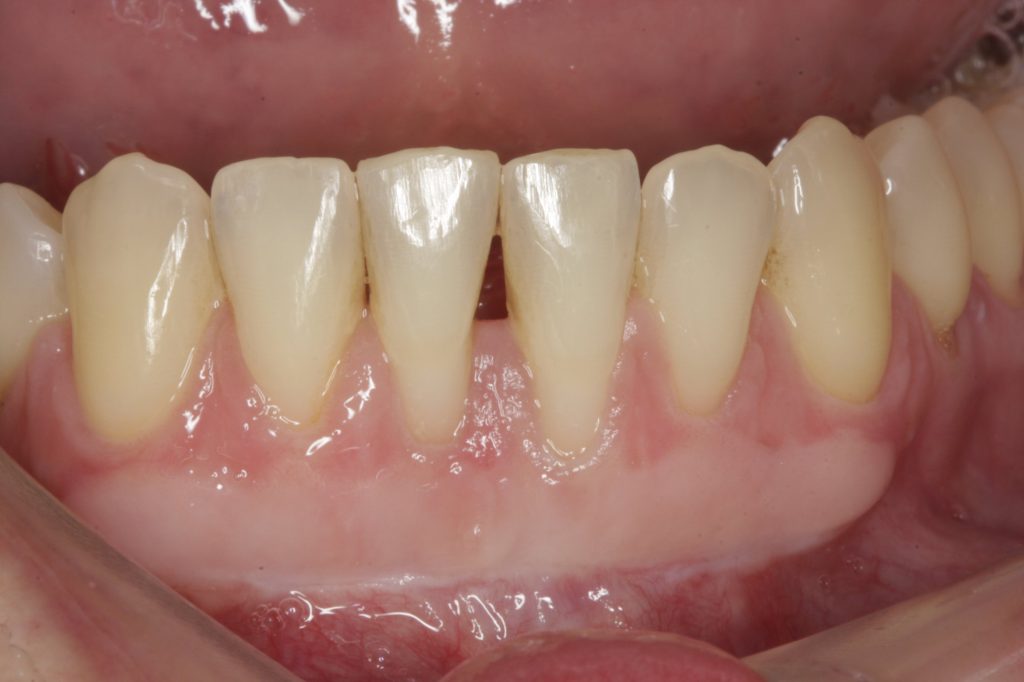
Healing Advantages of PRF Membranes
The application of PRF membranes has demonstrated remarkable efficacy in promoting wound healing in palatal donor sites while also alleviating postoperative pain and discomfort. Compared to treatment with absorbable gelatin sponge—where healing is achieved in roughly 10% of cases—PRF membrane therapy has shown a significantly quicker attainment of complete wound healing, observed in 35% of treated sites. After a two-week observation period, patients undergoing PRF membrane treatment demonstrated a substantial reduction in analgesic consumption compared to their control group counterparts.
Advancements with Leukocyte-Platelet Rich Fibrin (L-PRF)
The advent of second-generation platelet concentrates, particularly those featuring high-density fibrin matrices enriched with leukocytes and cytokines (known as L-PRF), has the potential to enhance surgical outcomes dramatically. The presence of leukocytes may directly influence chemotactic factors and modulate the inflammatory response, thus promoting soft tissue healing. The fibrin matrix of L-PRF offers mechanical protection at the surgical site and interacts positively with physiological healing mechanisms to foster angiogenesis. Furthermore, L-PRF’s incorporation of leukocytes aims to prevent infections at the surgical site, such as alveolar osteitis, ultimately reducing levels of inflammation. Various studies assessing the effects of L-PRF on postoperative pain and soft tissue recovery have corroborated its exceptional biological efficacy.
Conclusion: The Future of Gingival Procedures
The continuous evolution in the application of free gingival grafts and platelet-rich fibrin technologies signifies a promising horizon for periodontal surgeries. As clinicians embrace these advancements, they pave the way for enhanced patient care through improved healing outcomes and overall treatment efficacy. The integration of innovative biomaterials will play an essential role in shaping the future of dental practices, particularly in maximizing both functional and aesthetic results for patients.

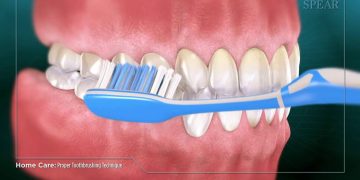
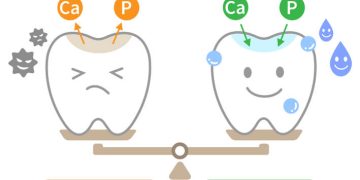
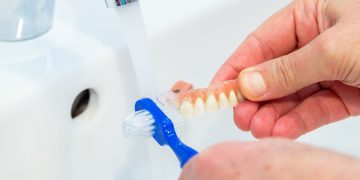




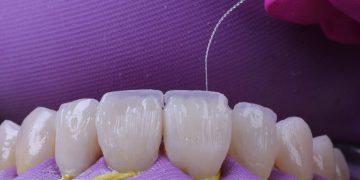
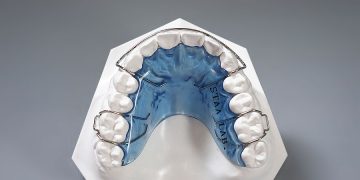
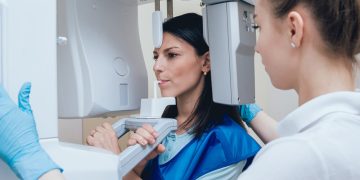
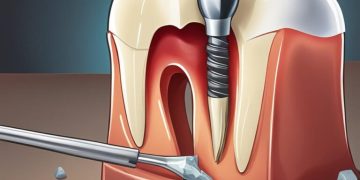
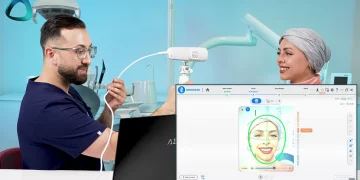
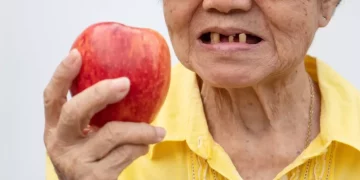

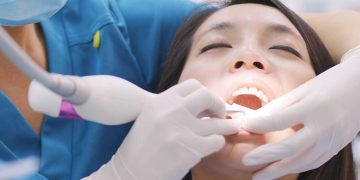

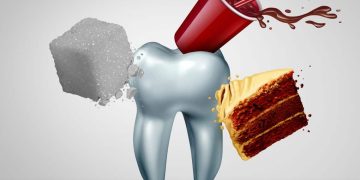







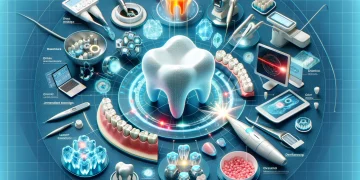
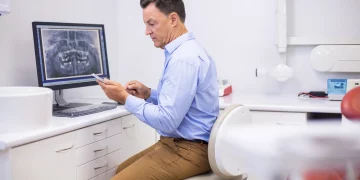


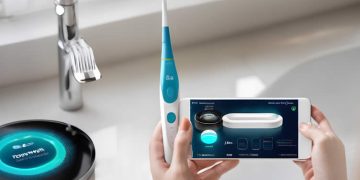

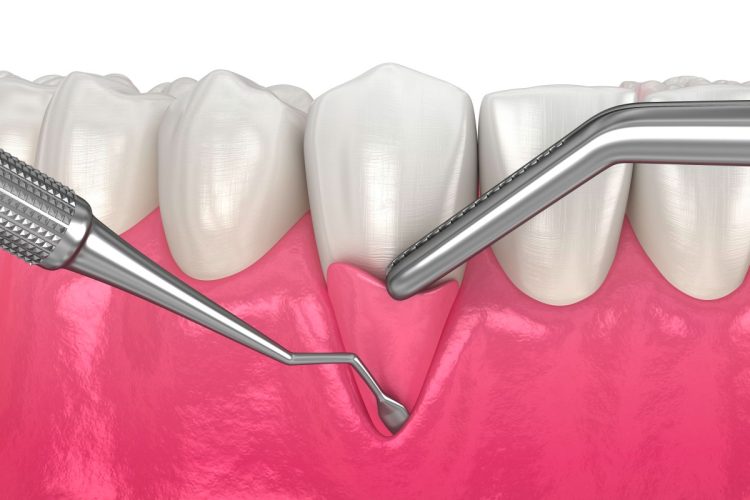













Discussion about this post